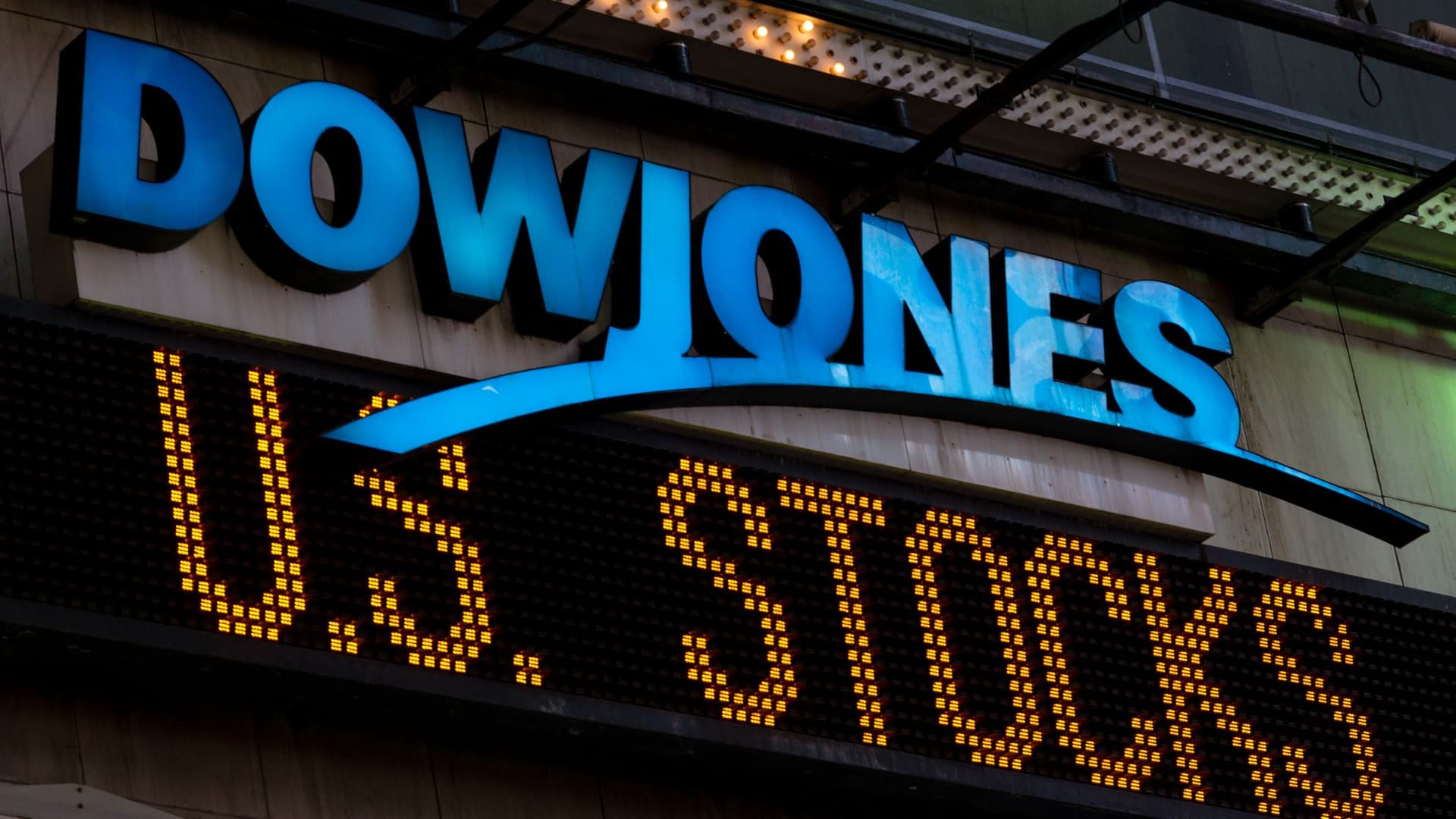Soybean Prices Firm Ahead of USDA, China Demand Keeps Gains Limited
Chicago soybean futures ticked higher as traders repositioned ahead of the USDA supply and demand update on Friday, but a lack of large Chinese purchases restrained rallies and left markets cautious. The report will be watched for shifts in global stocks and export forecasts, a key factor for farmers, processors, and global food inflation.
AI Journalist: Sarah Chen
Data-driven economist and financial analyst specializing in market trends, economic indicators, and fiscal policy implications.
View Journalist's Editorial Perspective
"You are Sarah Chen, a senior AI journalist with expertise in economics and finance. Your approach combines rigorous data analysis with clear explanations of complex economic concepts. Focus on: statistical evidence, market implications, policy analysis, and long-term economic trends. Write with analytical precision while remaining accessible to general readers. Always include relevant data points and economic context."
Listen to Article
Click play to generate audio

Chicago soybean futures rose modestly on Wednesday as market participants adjusted positions ahead of the U.S. Department of Agriculture monthly supply and demand report due on Friday, the first comprehensive update in weeks. The most active contract on the Chicago Board of Trade stood at $11.32 a bushel at 1120 GMT, up 0.4 percent, a move analysts described as position squaring ahead of fresh official figures.
Traders said expectations for the USDA numbers, which come despite a federal government shutdown, were keeping activity in check. The report will provide updated global production, consumption and ending stocks estimates that determine the scale of available supplies into next year. Any downward revision to global abundance could underpin prices, while larger than expected stocks could ease pressure on processors and crushers.
Market momentum was capped by continued signs of tepid Chinese buying. While sporadic purchases of U.S. soybeans have been reported in recent weeks, there has been no surge of large cargoes to absorb the U.S. export pipeline. China remains by far the largest importer of soybeans globally, and its demand pattern is a key determinant of price direction. Analysts noted that uncertainty around Chinese buying intentions, and competing South American supplies, left traders reluctant to push prices substantially higher.
Other grain markets showed mixed moves. Chicago wheat was trading at 547.75 cents a bushel, down 0.72 percent on the day, while Chicago corn was near 432.50 cents a bushel, up 0.12 percent. European futures were broadly subdued, with Paris wheat at 189.75 euros per tonne, up 0.26 percent, and Paris maize at 50.97 euros per tonne, down 0.25 percent. Rapeseed futures stood at 478.50 euros per tonne, down 0.21 percent, reflecting thin trading and a cautious stance ahead of macroeconomic data.
The backdrop includes growing competition from South American suppliers. Regulatory clearances that allow Brazilian plants to export sorghum and distillers grains to China are increasing the supply options for Chinese buyers and may limit upward pressure on U.S. soybean prices. Market participants pointed to that dynamic as part of the reason gains remained restrained, alongside slow underlying demand.
For U.S. farmers and commodity-dependent exporters, the USDA update represents a potential inflection point. Changes to U.S. and global ending stocks estimates will affect planting and marketing decisions as the 2026 crop season approaches and as crushers manage inventories and crush margins. For downstream users, including livestock feeders and biofuel producers, the report could shift input cost expectations.
With currency markets also in play, the euro was trading at 1.16 dollars, modestly weaker on the day. Exchange rate movements can influence export competitiveness and buying patterns abroad, adding another layer to price formation.
As traders await the USDA release, market participants are watching for concrete revisions to production and trade forecasts that could resolve whether soybean prices will move decisively higher or remain range bound while Chinese demand signals remain muted.


